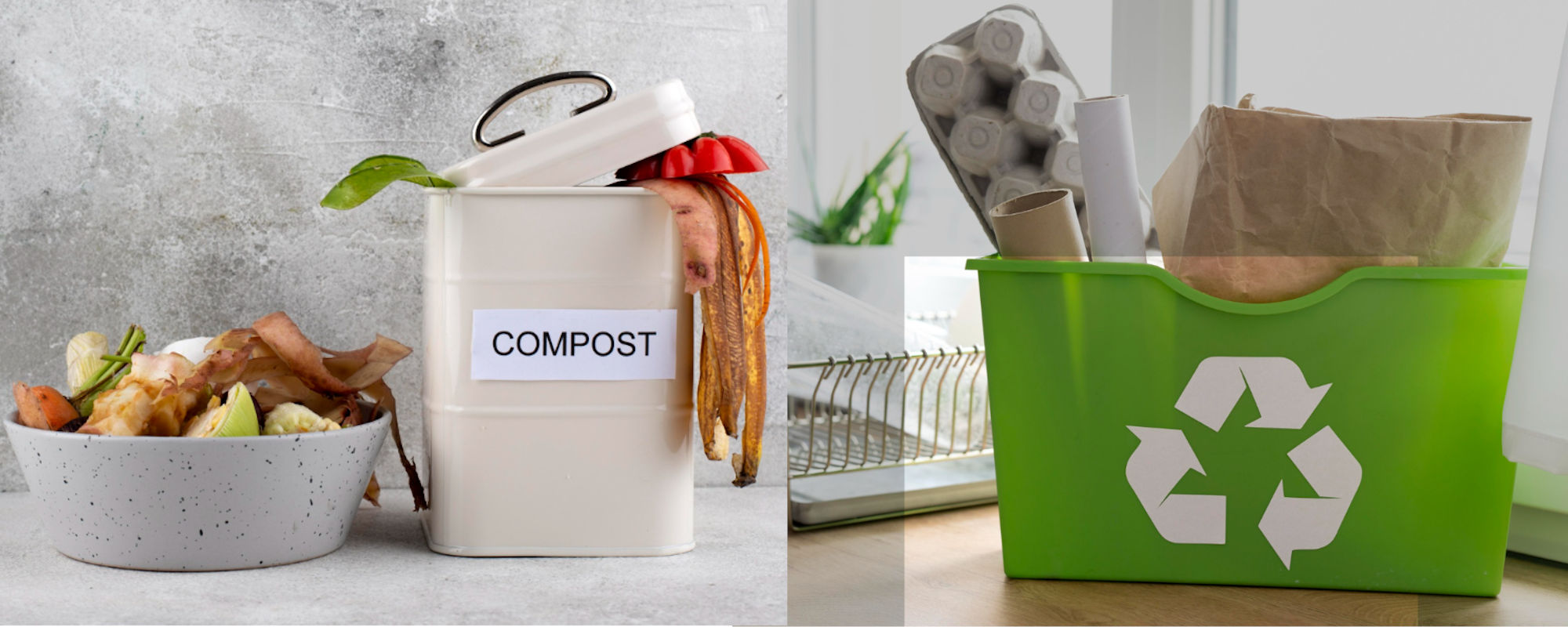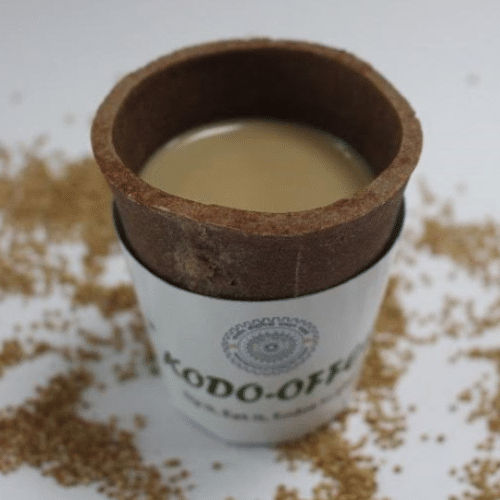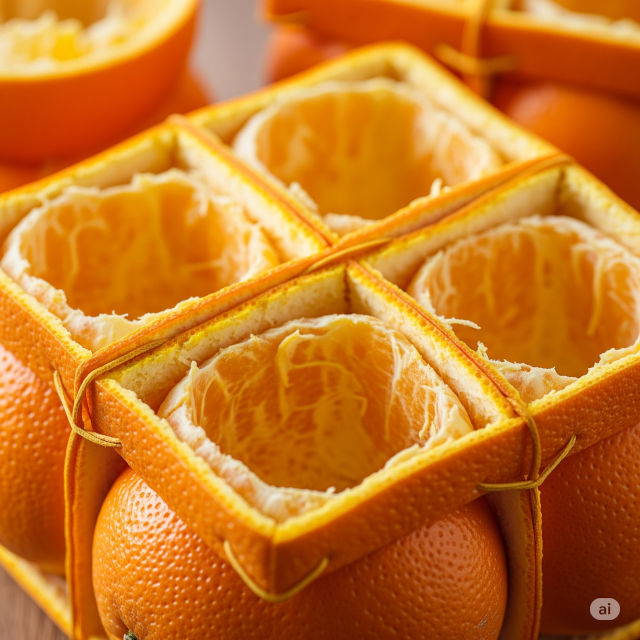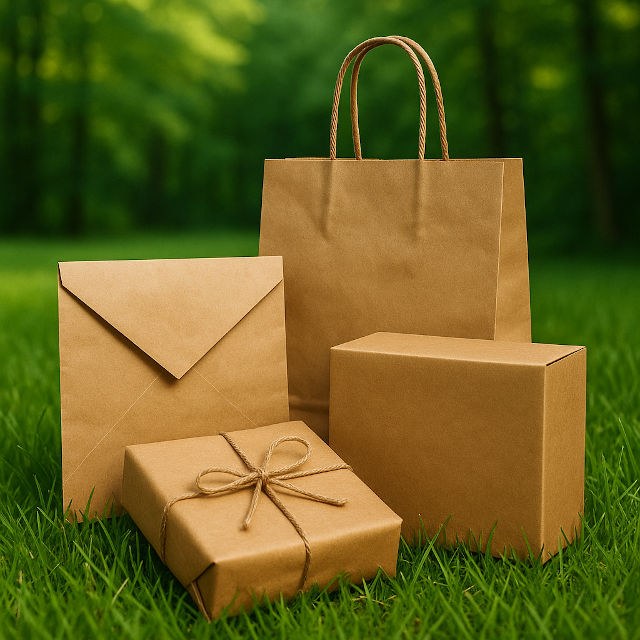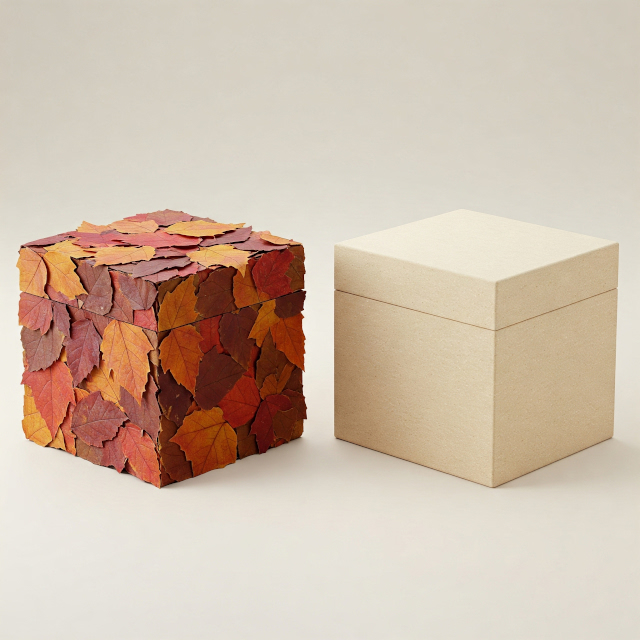The world of packaging is evolving rapidly, with terms like compostable packaging and recyclable solutions rising to the forefront of eco-conscious conversation in the Netherlands and beyond. As the push for more sustainable and eco-friendly approaches intensifies, understanding the nuances between these packaging types becomes crucial for both consumers and businesses aiming to implement green technologies effectively. Both sound eco-friendly, but they serve very different purposes—and understanding the difference is key for brands and consumers.
The Basics of Compostable Packaging
Compostable packaging, crafted primarily from organic materials such as cornstarch or bioplastics derived from natural sources, is designed to break down entirely in composting environments. Industrial compostable materials (PLA, PHA, starch-based bioplastics) require controlled conditions of heat and moisture. Home compostable paper and films can degrade in a backyard compost, typically within 90–180 days. The benefit is clear: no waste, only organic matter returned to the soil. Unlike conventional plastic, compostable packaging aims to return to the earth without leaving harmful residues. This makes it an attractive option for businesses looking to buy biodegradable bags in wholesale quantities.
One of the biggest advantages of compostable materials is their ability to decompose quickly. But the challenge is that composting infrastructure is not yet widespread, and not all consumers have access to it.
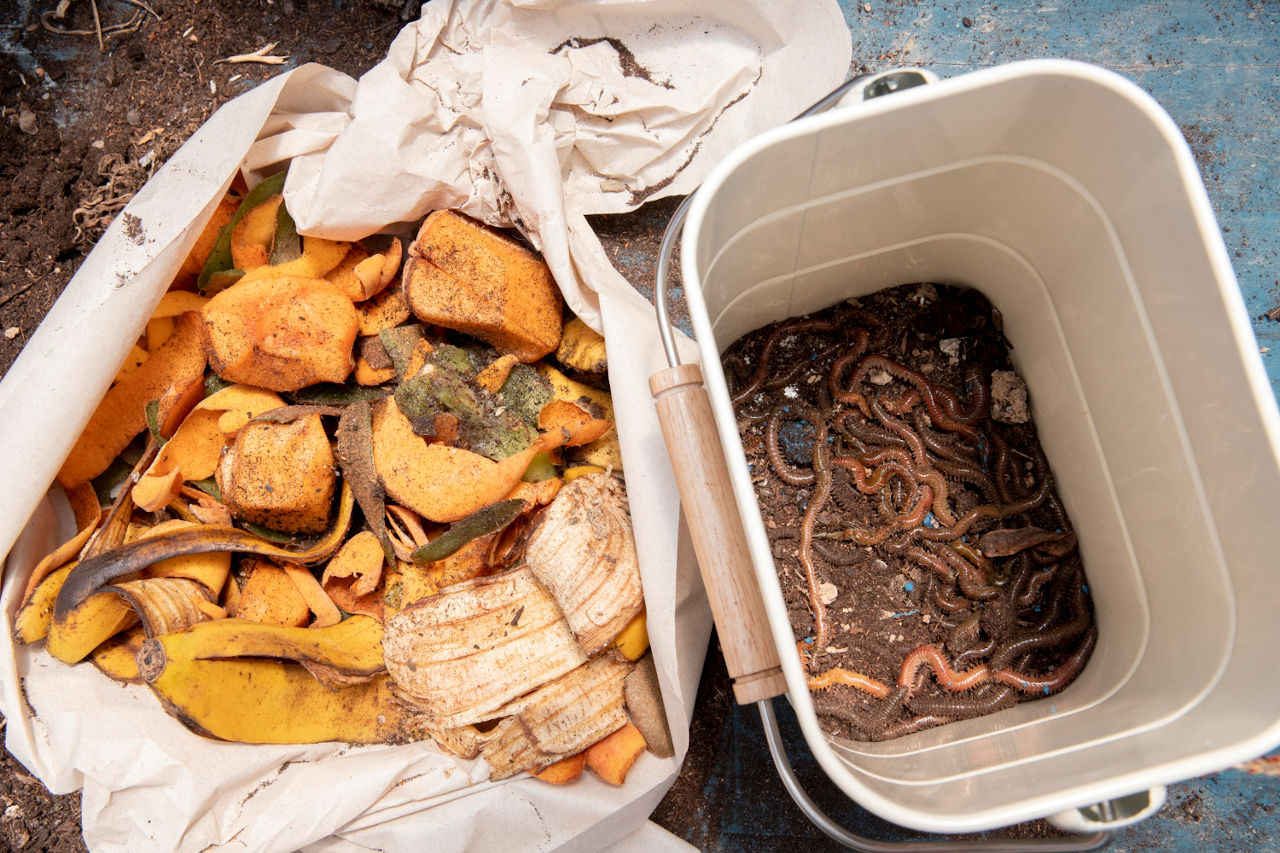
Recyclable Packaging: A Different Approach
On the other hand, recyclable packaging focuses on the reuse of materials. This type of packaging is designed to be processed and transformed into new products, thus reducing the need for virgin materials. Customised paper bags from the Netherlands often fall under this category and play a crucial role in reducing waste by redirecting used packaging back into the production cycle.
Recyclable packaging is often made from materials like paper, glass, aluminum, and certain plastics. While it does a good job of minimizing new resource extraction, it requires proper sorting and processing to maintain its effectiveness.
What is the advantage? Infrastructure already exists in most European countries, and recycling helps keep materials circulating in the economy. However, recyclability depends on collection systems and consumer behavior—if the material ends up in the wrong bin, it may still go to landfill.
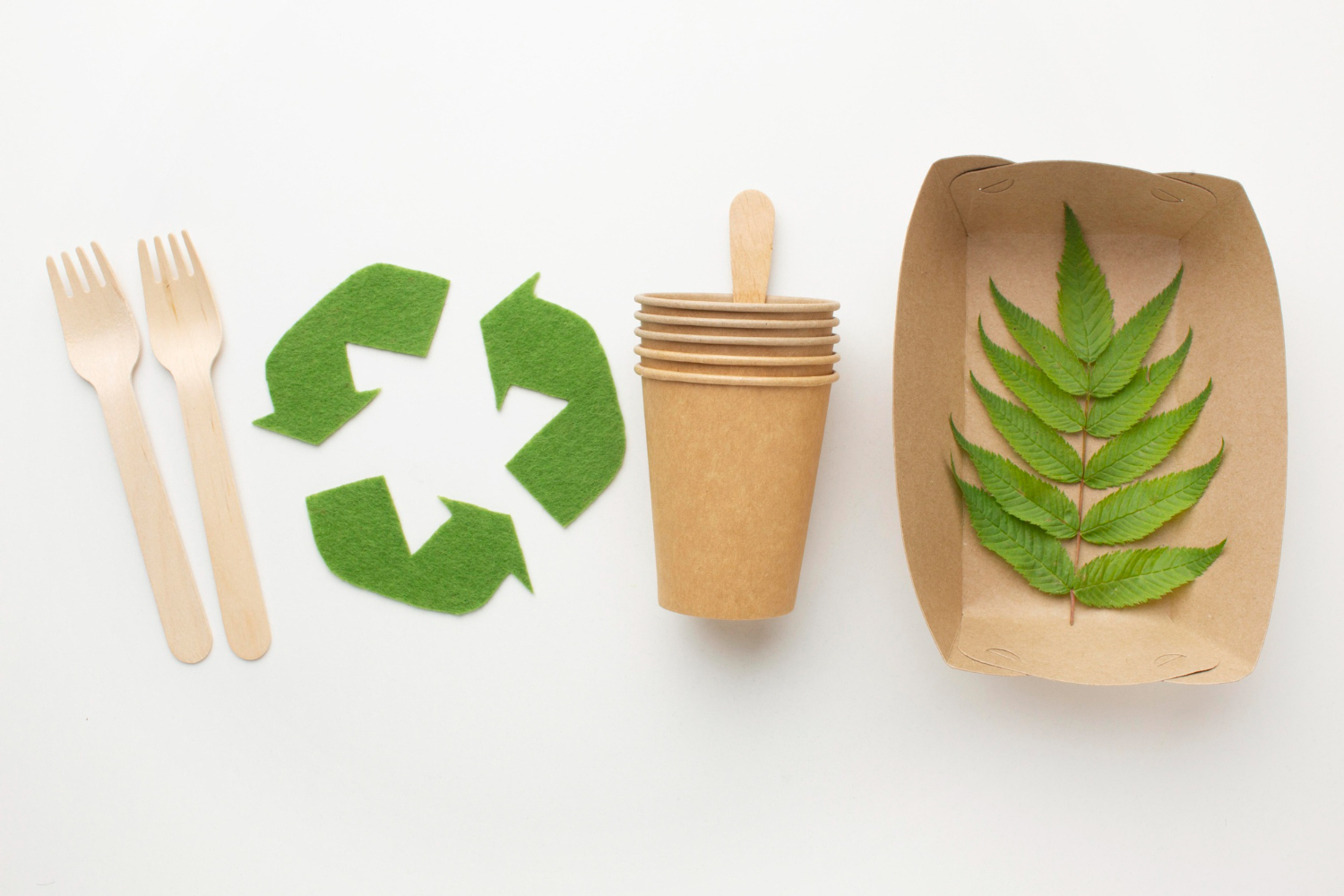
Which is better?
The answer depends on the application. Recyclable packaging works well for dry goods, e-commerce, and long shelf-life products. Compostable packaging is ideal for food service, catering, and single-use items contaminated with food (like plates, cutlery, or sandwich wraps), where recycling is impractical.
At Ecopack.bio, we help clients choose the right solution. Our portfolio includes both recyclable paper-based products and compostable alternatives that meet European standards. For large-scale projects (from 100,000 units), we supply packaging that matches not only sustainability goals but also regulatory requirements.
Manufacturing and Environmental Impact
The manufacturing processes for compostable packaging and recyclable solutions differ significantly. Compostable materials often have a lower environmental impact during production because they utilize renewable resources like natural starch, as seen with biobags made from cornstarch. However, they require specific conditions to break down effectively.
Recyclable packaging, meanwhile, necessitates additional energy in the recycling process but shines in terms of resource efficiency, particularly if consumers actively participate in recycling programs. Selecting the right option hinges on factors such as the end-of-life disposal facilities available and the specific needs of companies buying paper tableware or starch bags in wholesale.
Storing and Selling: Practical Considerations
When it comes to storage and selling, compostable and recyclable packaging also present distinct challenges and benefits. Compostable bags require careful storage conditions to prevent degradation before use, especially in the humid climates often encountered in regions like the Netherlands. Businesses selling eco-friendly packaging in the Netherlands must carefully manage their inventory to avoid premature spoilage.
Recyclable packaging, on the other hand, offers greater stability during storage and transport, reducing the risk of product loss. This makes them appealing for businesses that handle large volumes of packaging, such as those buying wholesale bags in the Netherlands.
Usage and Everyday Application
From an everyday use standpoint, compostable packaging shines in contexts like organic waste disposal and composting programs. Consumers can contribute directly to environmental efforts by choosing biodegradable packaging for their business needs or personal use.
Recyclable packaging, while sometimes requiring more consumer effort to sort and dispose of properly, is deeply ingrained in existing waste management systems. For those keen on adopting eco-friendly packaging in the Netherlands, understanding local waste systems can facilitate the broader application of recyclable solutions.
Ultimately, the choice between compostable and recyclable options should be informed not just by environmental goals but by considering practicalities such as availability, cost, and functionality.
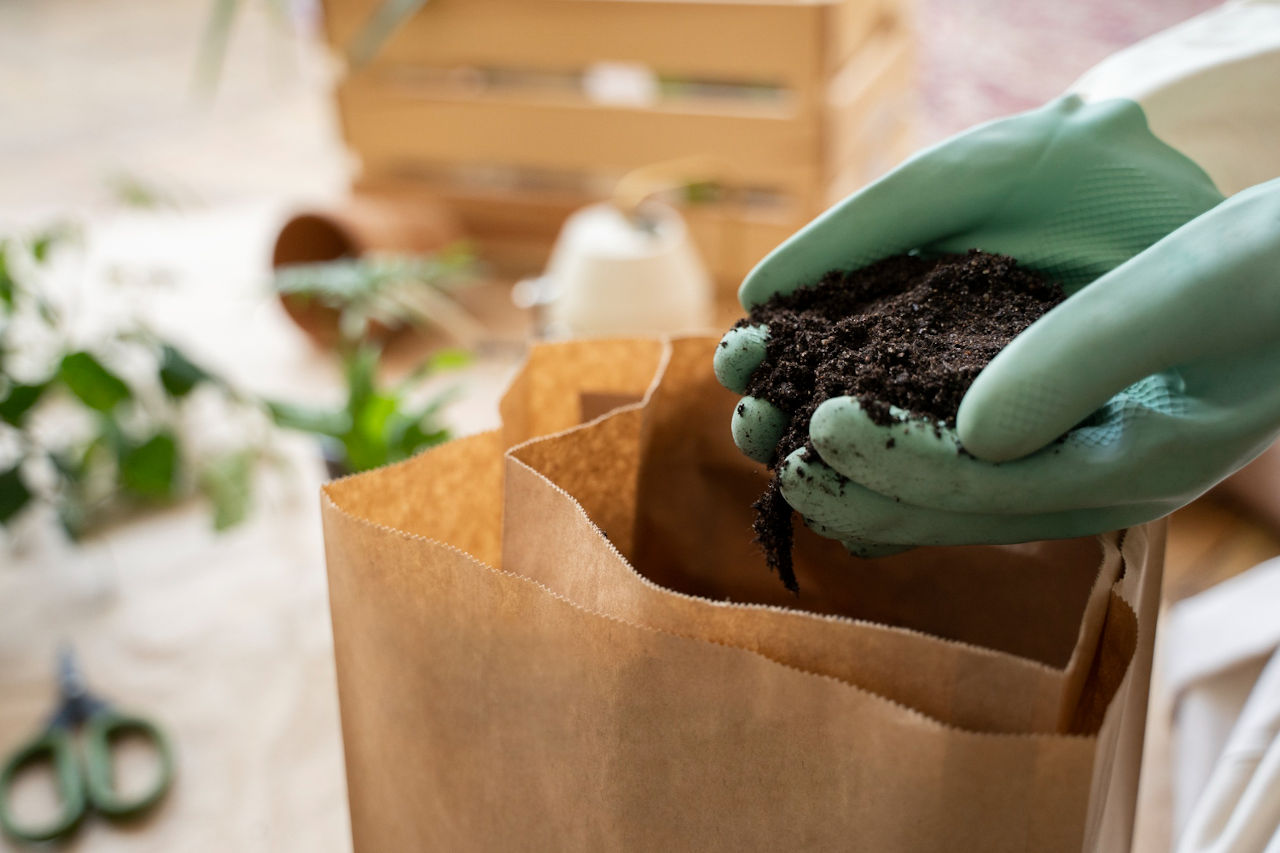
Conclusion
As the packaging industry shifts towards more sustainable solutions, consumers and businesses must navigate these complex options. Whether opting for compostable packaging or recyclable alternatives, the key lies in understanding one’s own role in advancing green technologies while balancing practicality and cost-efficiency. In doing so, the Netherlands and beyond can pave the way toward a more sustainable future. The real shift is not choosing one over the other—it’s building packaging systems that are truly circular, whether through recycling or composting.
